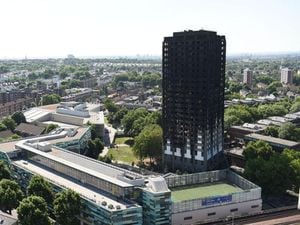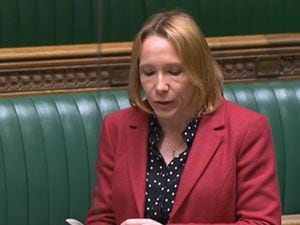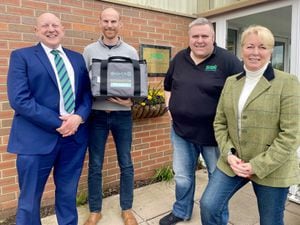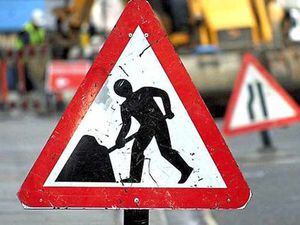Shropshire fire service assisting with Grenfell probe
Shropshire Fire and Rescue Service is assisting with investigations into the Grenfell tower block tragedy and a review of building regulations.

The fire, in which 71 people died in June last year, has renewed the debate about the provision of sprinklers in premises of all types.
The county's fire service is "actively assisting" with the public inquiry and the independent review of building regulations.
The news comes as Shropshire Fire and Rescue Service is highlighting a campaign about sprinklers ahead of national Sprinkler Awareness Week.
A senior fire officer said he wanted to “dispel the myth” that water from sprinkler systems caused more damage than fire.
Ian Leigh, station manager in protection at Shrewsbury Fire HQ, said: “That is absolutely and completely untrue. Sprinklers only react to just where the fire is. They react to the heat and successfully put out fires to save lives and property."
He added that TV shows and films often show sprinklers going off throughout a building which is “pure drama” and gives a false picture of what happens in real life.
Between 60 and 80 per cent of businesses never recover from serious fires according to insurance company estimates, said Mr Leigh.
The Homebase store in Oswestry was saved from severe damage by a sprinkler in 2009 when a blaze broke out. While more recently, a sprinkler system saved a large Amazon distribution warehouse in Staffordshire from more serious damage in a fire just before Christmas.
Mr Leigh added: “The sprinklers prevented the fire spreading and kept the damage to approximately two per cent of the total stock costs and allowed 10 per cent of the business to resume after 42 hours."
Fire and rescue services from across the UK are putting their voices together to campaign during Sprinkler Awareness Week which runs from Monday.
Their joint message is that the risk of death or injury from fire is greatly reduced, particularly in homes occupied by vulnerable people or in high risk buildings such as blocks of flats where escape is more difficult.





